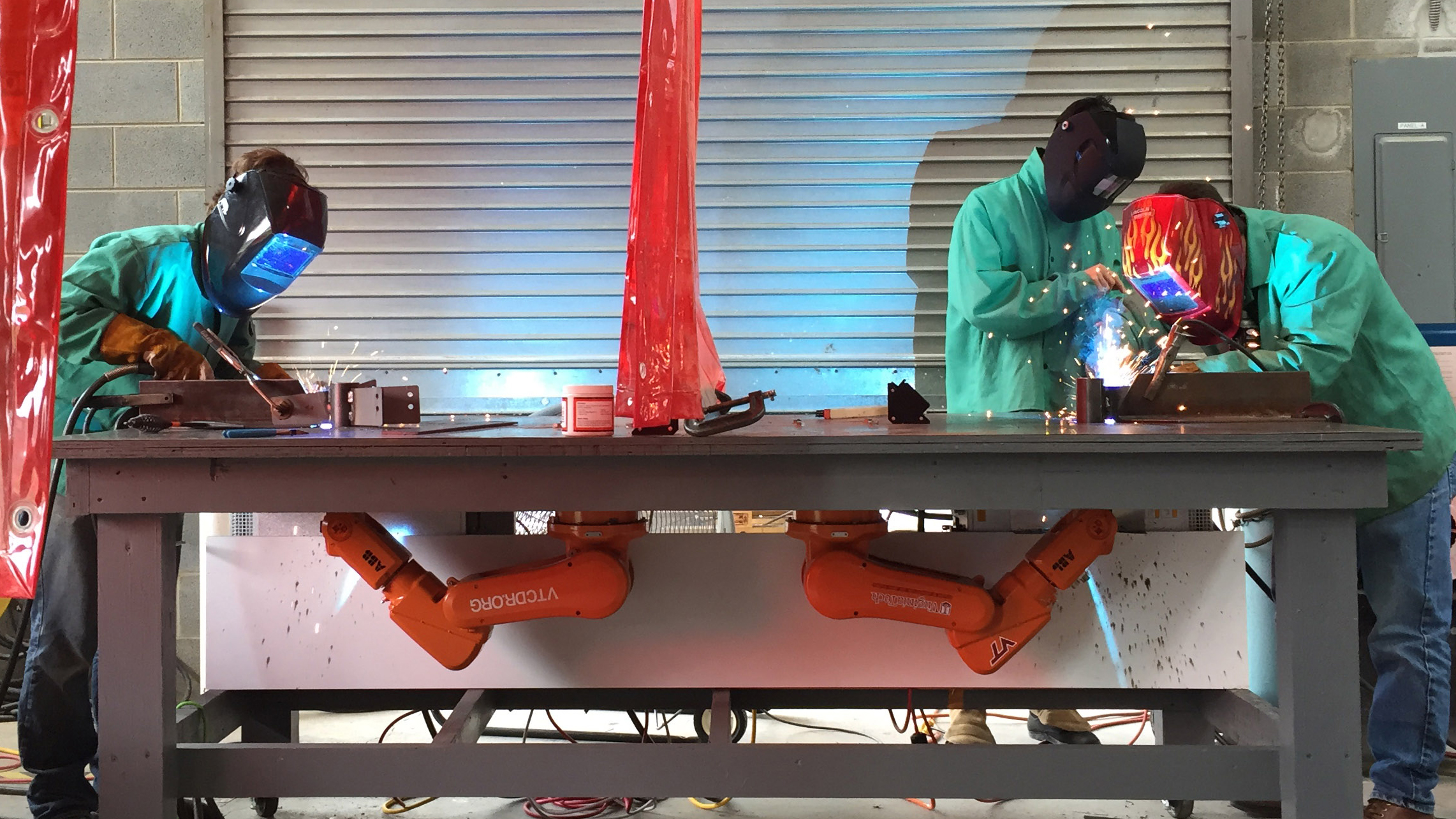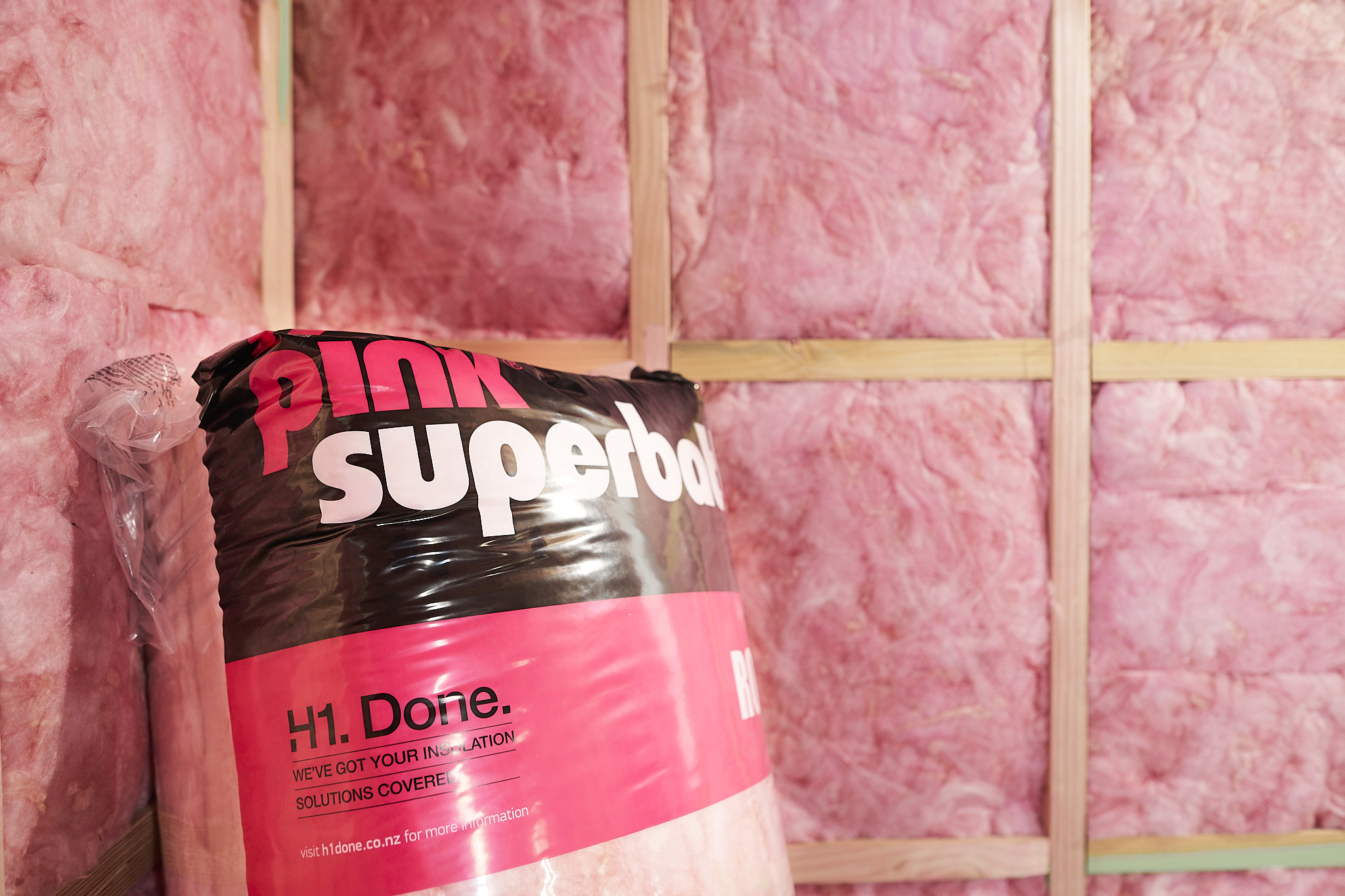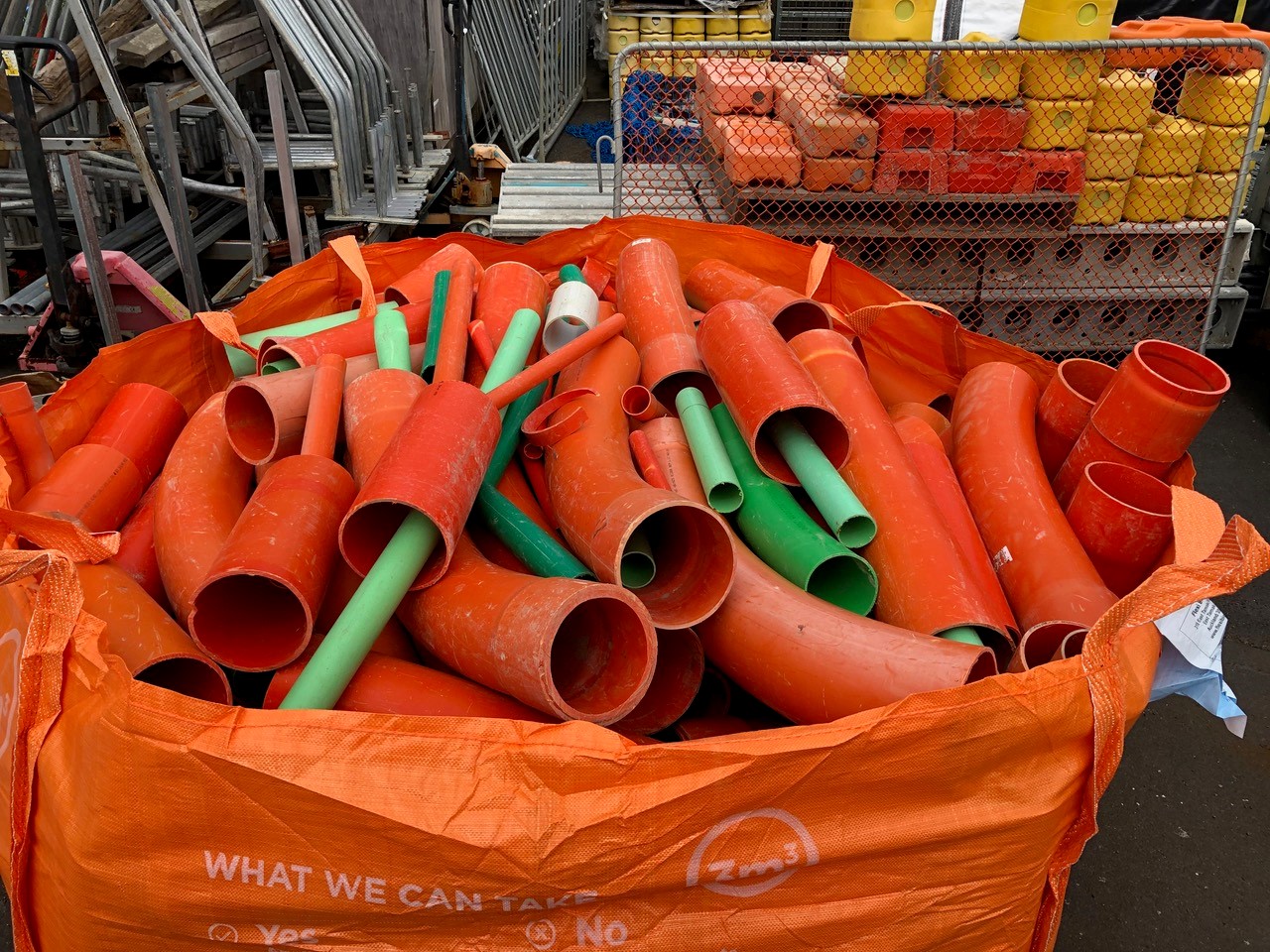October’s series of Paradigm Shift features Dr. Nathan King, Senior Industry Engagement Manager for the Autodesk Technology Centes focusing on Architecture, Engineering and Construction, and Co-Director for the Center for Design Research at Virginia Tech. Nathan will be exploring how design and construction technologies can help us do more, better and faster, while enhancing the human experience.
It’s rare that a conversation about using advanced technology in construction should start by focusing on Uganda, but Dr Nathan King does exactly that.
A leading intellectual in the development of new technology that's going to drive the future of industry, King’s role at the Autodesk Technology Centres sees him working with the AEC industry on technologies such as large format 3D printing for construction, robotic assembly of curtain wall panels, and projects related to construction in space.
But it is his own work in applying computational design technologies to the construction of buildings and infrastructure in Rwanda, Uganda, Zambia and Haiti, that he speaks most passionately about.
The title of his talk is ‘Technology for Inclusion’. “The case that I'm going to be trying to make is how (and why) we can use advanced automation tools to facilitate greater distribution of better buildings across the world – in areas that need them most and where population is growing the fastest.”
As an example, King discusses the work of New Zealand company, Howick Ltd, a world-renowned, roll forming machine manufacturer, based in East Auckland. The project sees them working on distributed healthcare infrastructure in Zambia, which currently needs about 700 health outposts - very small clinics of about 800 square feet. These clinics must be designed to mitigate infection control, adapt to flexible treatment protocols, and must be made in such a way that allows the rapid distribution across the entire country, including remote areas while also maintaining local engagement.
Part of King’s proposal is to utilize the roll-forming technology that Howick provides and construction a production facility in Lusaka, Zambia that can then be used to produce the clinics. Together with Howick and another software company called StrucSoft, a prototype of a distributed clinic has been created, with the first one to be deployed in Uganda starting this November.
“Traditional processes, means, and materials are entirely relevant to this challenge but alone may not meet it. In order to meet the infrastructural demand we must work with the local community on training and utilisation of technology, to create a local solution that doesn't just repeat old ways of doing things elsewhere in the world, and in this case, it just happens to be a technologically advanced one.”
“The opportunity I see here is to leapfrog construction technologies. In most fully developed areas, construction is very slow to innovate. In areas like rural Zambia, we have the opportunity to deploy advanced technology and actually start to see these areas as representative of what's possible in the future.
“It also happens to be where population growth is happening and the global demand for buildings is increasing significantly. There’s no reason that resource-limited settings should be devoid of technological integration,” he says.
King emphasises that it is critical that the technology be integrated in a way that’s locally appropriate and recognises the power of the local people to actually utilise the technology in some kind of self-sufficient manner - rather than parachuting in and building something and leaving, which is what a lot of global development organizations are doing.
That local engagement helps to unlock that thorny issue impeding most technologically-based construction methods in developed countries: the amount of red tape and regulation that locks in existing processes and materials.
“Often there's rhetoric or the promise of promoting technology to solve these problems. But it takes a long time for the regulations to catch up to new technologies.
“One of the huge opportunities I feel we have, specifically in Zambia, is support of the Federal Government, who are sponsors of the programs along with local and regional Government officials. We also have the support of local NGOs like Make It Rain who help to ensure a sustainable systemic deployment. These relationships allow us to deploy things in an appropriate way with support of the stakeholders rather than in opposition of the stakeholders.
“So we don't have that disconnect where innovation in the construction industry might be stymied by regulation. In areas that are just in the process of developing local regulation, by collaborating and engaging stakeholders in that process, we can actually inform that and increase the innovation in the construction industry in areas that normally, people would not expect innovation to be happening,” King says.

So is this genuinely new technology, or simply mass prefabrication in action?
“I think it's important to separate the automation conversation and prefabrication. While prefabrication could be automated, it's often not automated. This argument around prefabrication has existed as long as industrial manufacturing has existed. There's one camp that has certain preconceived connotation about what prefabricated construction is and then the other hand is people that say, ‘Prefabricated construction is going to save the world’.
“I'm somewhere in the middle in that I would never say that one solution is going to be the solution for every community.
“But if you really look at this as a global challenge, a study that Autodesk produced a few years ago estimated that between now and the year 2050, the world has to produce 13,000 buildings per day to meet current projected population growth. This is mainly building in urban areas because there's more people moving to cities.
“It means building with less resources – for example the global forest depletion and water scarcity will impact the way we build. If we consider all of these challenges in light of the demand, we've got to move beyond the argument of is it better or worse and thinking about it all as just one piece of a global solution.”
Hear Dr. Nathan King at Paradigm Shift this October.




